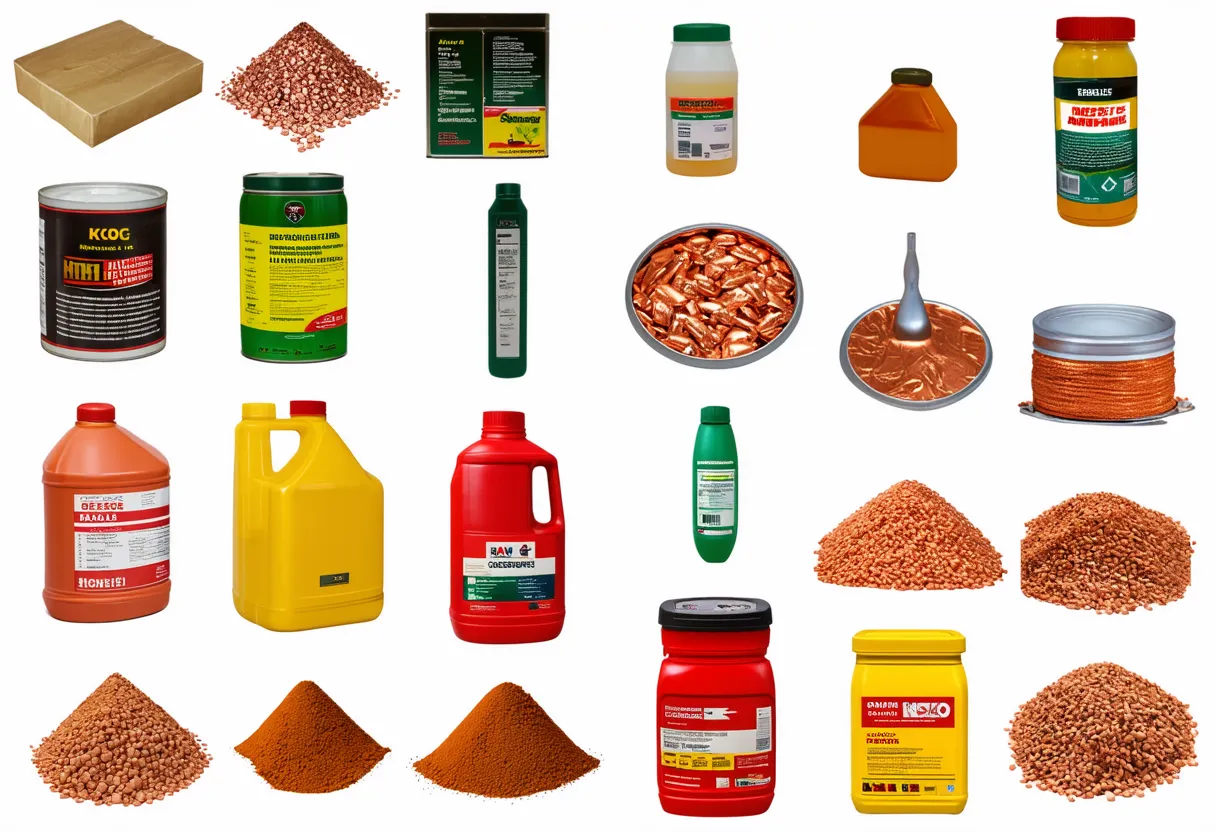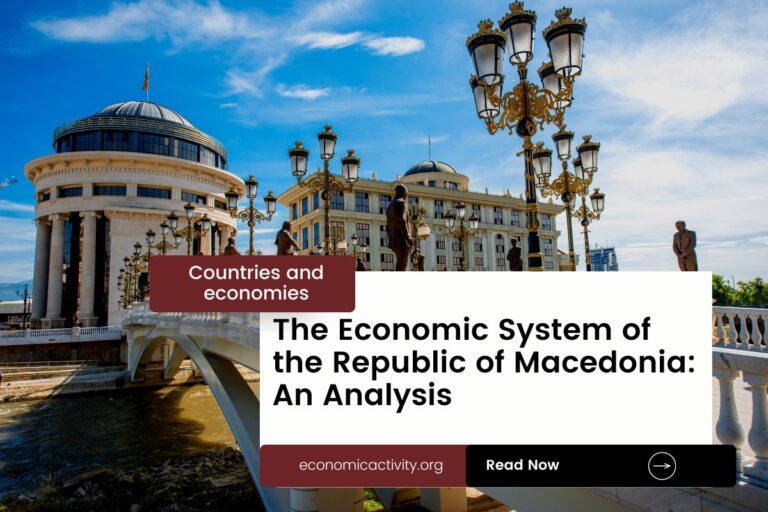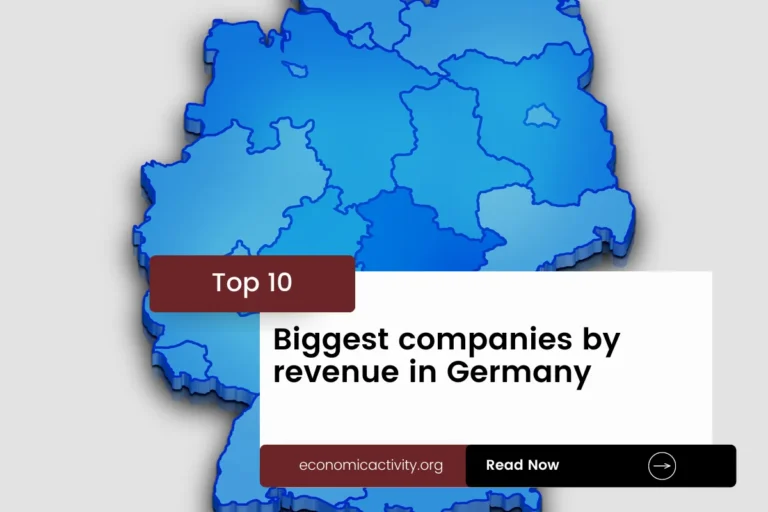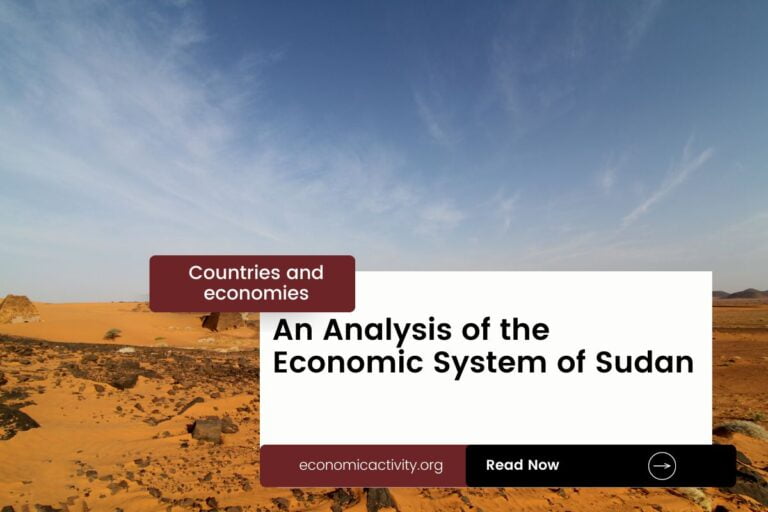Tanzania, with a population of 65,497,748, is ranked 22nd in the world, just behind the United Kingdom. Located in East Africa, it covers 947,300 sq. km, ranking 29th globally, just below Mauritania.
Tanzania’s economic position in 2022 showcases a GDP of $75,732,311,666.039, ranking 74th globally. It falls behind Panama, with a GDP of $76,522,511,800. On the GDP per capita front, Tanzania ranks 161st with $1,192.76648. It lags behind Benin, which has a GDP per capita of $1,302.85104.
Despite facing challenges, Tanzania’s economy shows potential for growth and development in the coming years.
What are the economic activities of Tanzania?
- Primary activities: 23.4% of GDP.
- Secondary activities: 28.6% of GDP.
- Tertiary activities: 47.6% of GDP.

Primary Sector of Tanzania
Tanzania’s primary sector, particularly agriculture, thrives due to its favorable climate and abundant natural resources. With 44.6% of the land dedicated to agriculture, the country produces a diverse range of products including cassava, maize, sweet potatoes, sugarcane, bananas, milk, rice, vegetables, beans, and sunflower seeds.
Despite agriculture contributing 23.4% to the GDP, its significance lies in the variety of crops and animal products produced. This sector plays a crucial role in providing food security and employment opportunities, sustaining rural livelihoods, and supporting the overall economy.
The country’s geological diversity provides a rich array of natural resources, including hydropower, tin, phosphates, iron ore, coal, diamonds, gemstones (including tanzanite), gold, natural gas, and nickel. These resources play a vital role in driving the economy, with mining, energy production, and gemstone trade being significant contributors to the country’s economic growth and development.
Tanzania’s gas production of 1.1 billion m³ in 2020 ranks it 66th in the world, contributing significantly to the country’s economic growth.
Secondary Sector of Tanzania
What is the secondary sector or what are secondary activities?
The secondary sector involves industries that transform raw materials into finished products for consumption. In Tanzania, the main industrial products include cement, oil refining, shoes, apparel, wood products, and fertilizer. These products are manufactured from raw materials sourced through primary activities and are essential for domestic consumption and export.
Manufactures in Tanzania’s total exports only accounted for 11.92% in 2023, highlighting their relatively minor role in the country’s export sector.
Tertiary sector of Tanzania
What is the tertiary sector or what are tertiary activities?
The tertiary sector in Tanzania encompasses the intangible aspects of the economy, focusing on knowledge and time to enhance productivity and meet needs. It involves services like advice, expertise, and attention, catering to both consumers and businesses. Key tertiary activities in Tanzania include healthcare and medical care, education and training, banking and finance, tourism and hospitality, transportation and logistics, and communication and information exchange.
In particular, Tanzania’s economy heavily relies on tourism, contributing significantly to its GDP. With 1,527,000 annual arrivals (0.0233 arrivals per capita), the country attracts visitors to its iconic destinations like Serengeti National Park and Mount Kilimanjaro. Promoting sustainable tourism is crucial for economic growth and environmental preservation.
Another example of tertiary economic activity is the mobile cellular sector, with approximately 60 million subscriptions, supporting technological growth by enhancing communication, fostering innovation, and driving digital services.
Military Activities and Economic Sectors of Tanzania
The military is a good example of many economic activities. In the primary sector, resources are extracted for military use, like metals for weapons. The secondary sector includes the manufacturing of military equipment, creating jobs and boosting the economy. The military also provides services in the tertiary sector, while the quaternary sector focuses on research and development. Lastly, high-level decision-making in the quinary sector helps shape military strategy.
In Tanzania, the military expenditure for 2023 is $905.1 million, which is 1.09% of the GDP. The active military force has 27,000 personnel, resulting in 2 active military members for every 1,000 people in the country.
Biggest company in Tanzania
Which is the biggest company in Tanzania? The largest is Erdemir, with a market value of $8.04 billion. It operates in the materials industry, focusing on primary sector activities. Erdemir was founded in 1960, playing a key role in Tanzania’s economic landscape.
International Trade of Tanzania
Import Activities of Tanzania

Tanzania’s high import activities, accounting for 19.6% of GDP in 2023, play a crucial role in meeting domestic demands and promoting economic growth.
Tanzania’s key import activities include refined petroleum, copper, garments, fertilizers, and plastics. Major import partners are China, India, UAE, DRC, and Saudi Arabia, with China being the largest contributor at 30%.
Exports Activities of Tanzania

In 2023, Tanzania’s total exports amounted to $7,274,328,787.87, with exports accounting for 15.42% of GDP. This indicates a medium level of importance, highlighting the significant contribution of export activities to the country’s economy.
Tanzania’s export activities primarily involve gold, raw copper, and various nuts. The country’s top export partners are India, UAE, South Africa, Kenya, and Rwanda. Gold is a significant export commodity, along with copper products and nuts such as coconuts, Brazil nuts, and cashews.
Tanzania economy challenges in 2024
In 2024, Tanzania faces challenges in sustaining economic growth amidst global uncertainties. Despite progress in key sectors, gender-based violence and labor disruptions persist. The country must address these issues to ensure continued development and stability.




Leave a Reply